Berlin duo twocolors have always balanced precision with emotion, but their latest release, “Head Above Water,” pushes that balance further. Reuniting with Danish percussion pioneers Safri Duo and vocalist Chris de Sarandy, the track swaps obvious peaks for careful detail, threading vulnerability into a festival-ready arrangement. While the production hits with impact, it’s the subtle shifts and atmospheric motion that give it lasting weight.
In this interview, twocolors walk through how they used Native Instruments tools like Reaktor to build momentum without cluttering the mix. From vocal-based granular pads to quiet movement hiding beneath the chorus, they reveal how controlled unpredictability shaped the emotional tone of the track.
Jump to these sections:
- Keeping loops alive without clutter
- Shaping static sections with Reaktor
- How Reaktor was used in Head Above Water
- Making new sounds feel cohesive
- Why subtlety takes discipline
- How the arrangement flow has evolved
Let’s dive into the in-depth interview from twocolors and break down how they used Reaktor to build quiet tension, subtle textures, and emotional cohesion across their new track.
When you’re working with a loop that runs for a long time, what’s your first instinct to keep it interesting without making it feel crowded?
Our first instinct is always to work with texture rather than stacking more elements on top. A loop doesn’t get boring if the feeling keeps shifting – even if the core stays the same. We add in layers of subtle automation, filter sweeps, reverb tails, and dynamics. That’s often enough to keep a section alive without overwhelming the listener. It’s really about changing the air around the loop rather than the loop itself.
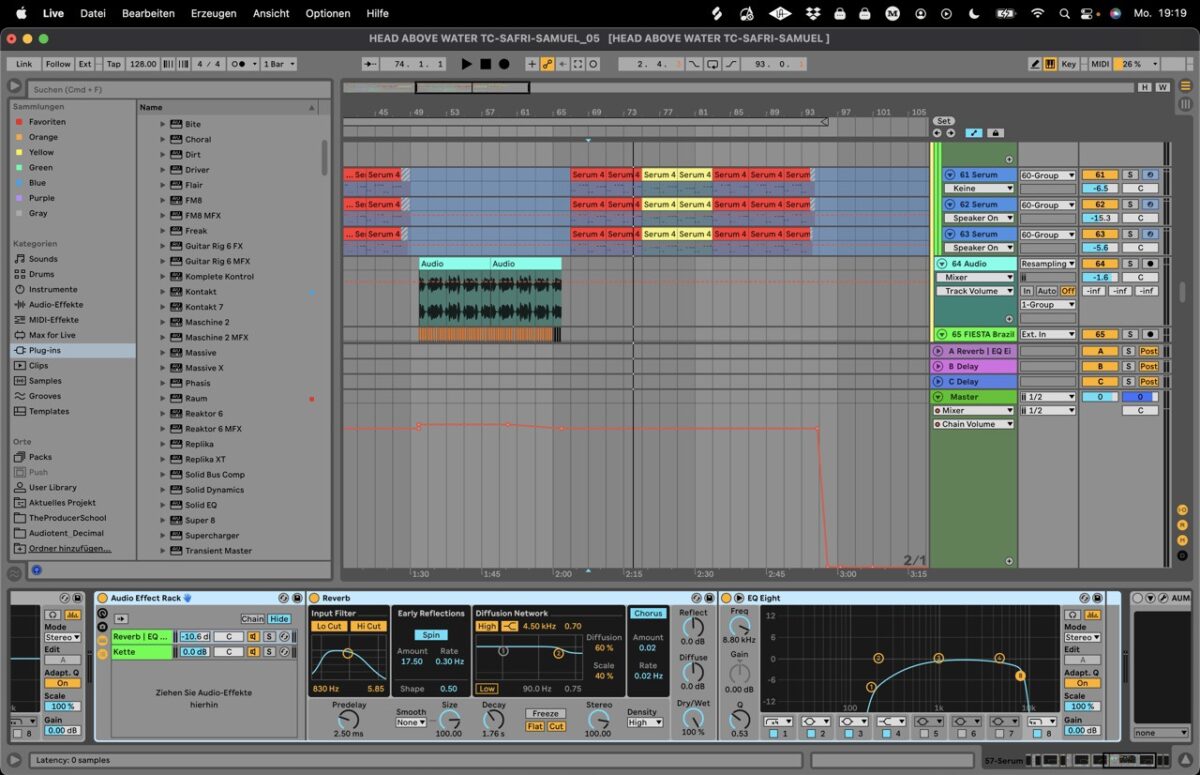
Think of it like a movie scene where the lighting changes, but the setting stays the same. You can keep the atmosphere moving and emotionally engaging, without drawing attention away from the main elements.
What role does Reaktor play when you’re shaping subtle changes within those static sections?
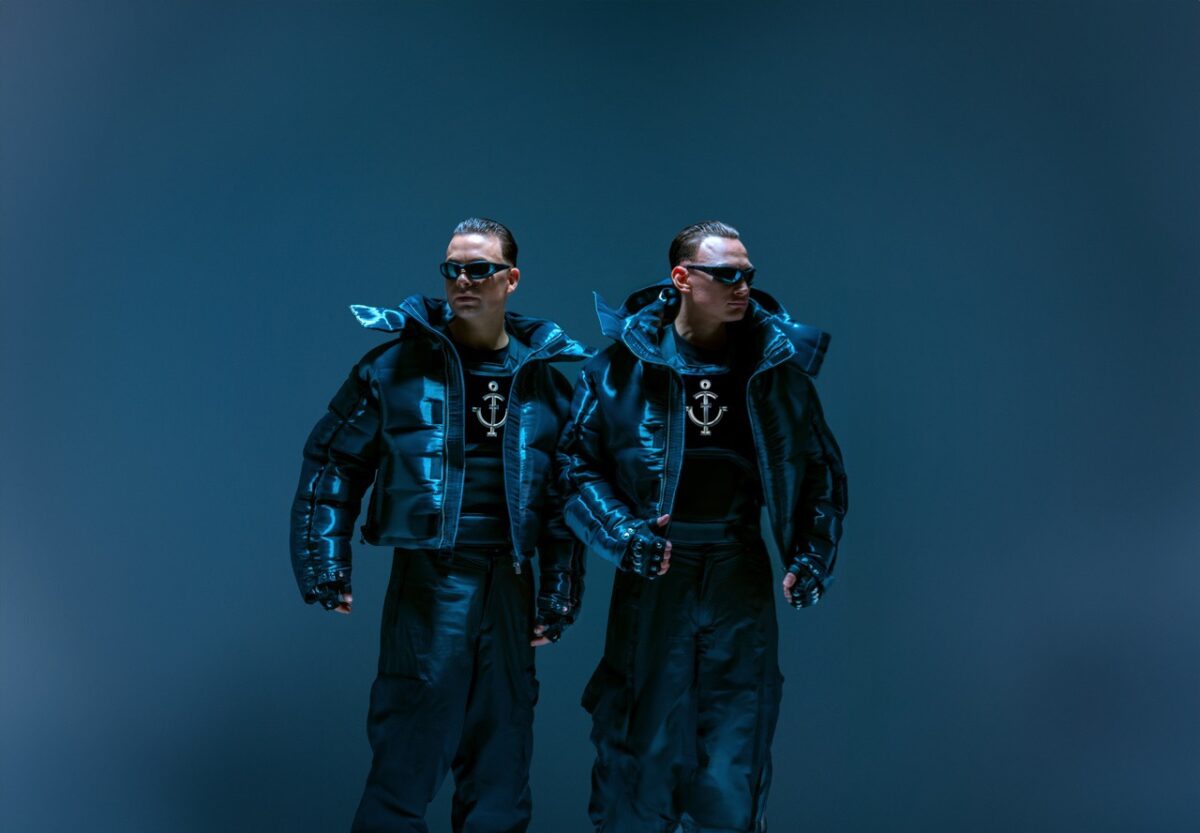
Reaktor is like having a mini modular system in the box. It gives us the freedom to experiment in a way that’s much more fluid than traditional plugins. We use it a lot in static sections to generate controlled chaos – whether that’s evolving filter movement, noise textures, or tiny modulations that respond to MIDI or audio signals.
Most of the time, we’ll just let a Reaktor patch run in the background. Something granular, something modulated. It adds this subtle unpredictability. You can define the rules, but the outcome still feels organic. That’s exactly what those long, loop-based parts need – a sense of movement without actually changing the structure.
Can you walk us through a part of “Head Above Water” where you used Reaktor to add quiet movement behind the main elements?
In the second chorus of “Head Above Water,” we didn’t want to bring in a big new lead or stack it too much. Instead, we built tension subtly. We used a Reaktor ensemble that generated granular textures from a resampled vocal line. Super quiet, tucked in the background, almost like a whispering pad. It’s one of those things you don’t hear directly, but you feel it.

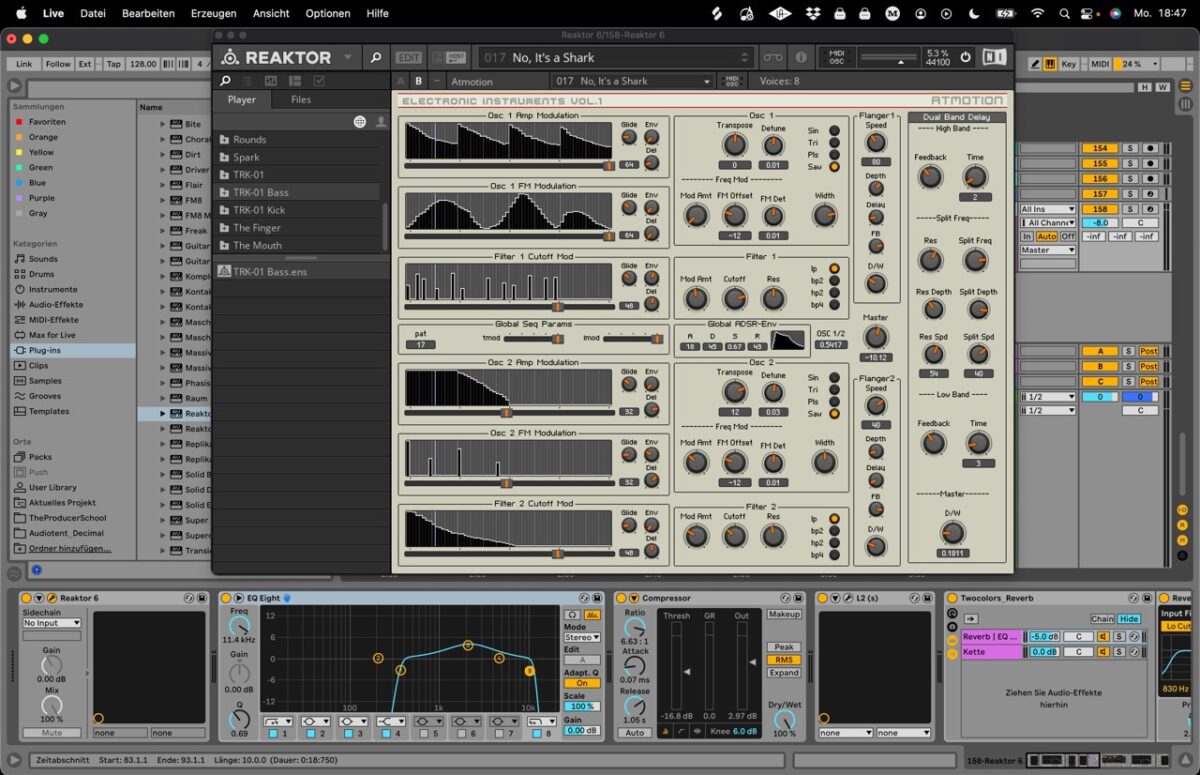
It moves underneath the synths and drums and gives the section this floating, breathing vibe. Without Reaktor, we wouldn’t have been able to get that level of understated emotional movement.
Are there tricks you use to keep a consistent aesthetic while still introducing new sounds?
Absolutely.
We always make sure new sounds share the same DNA as the rest of the track. That could mean matching equalization curves, using the same reverb tails, or layering new elements with familiar textures. That way, even new ideas feel like they belong. We also rely a lot on tonal anchors, keeping specific notes, rhythms, or ambient layers consistent while introducing new content.
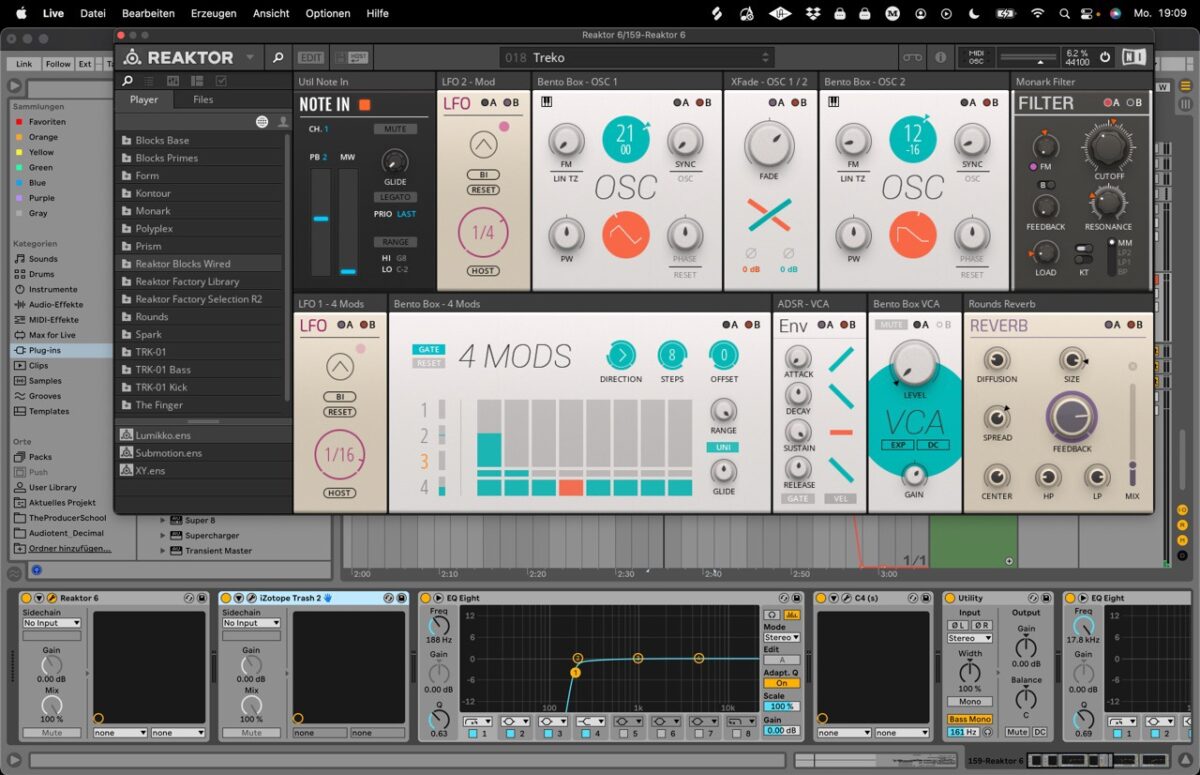
Often, we’ll let new sounds fade in gradually from the background, so by the time they’re fully present, they already feel like part of the space.
Is it challenging to make these kinds of subtle moves with modular tools like Reaktor?
Subtlety can be made easier because modular tools are naturally fluid, reactive, and expressive. But it can also be harder because it’s easy to lose control.
Reaktor doesn’t give you clear boundaries, so you have to define them yourself. That takes discipline. Being subtle requires clarity. You have to know why you’re doing something. Otherwise, you’ll end up with cool noise that doesn’t serve the track. But when you know the emotional purpose of a moment, Reaktor becomes this surgical tool for adding depth without distraction.
Has learning to work this way changed how you structure your arrangements overall?
Definitely.
We used to think in blocks like “intro”, “drop”, “break”, “drop”. That was very traditional. Now we think in terms of emotional flow. A track doesn’t always need big changes if there’s micro-movement throughout. That shift in thinking completely changed how we arrange music.
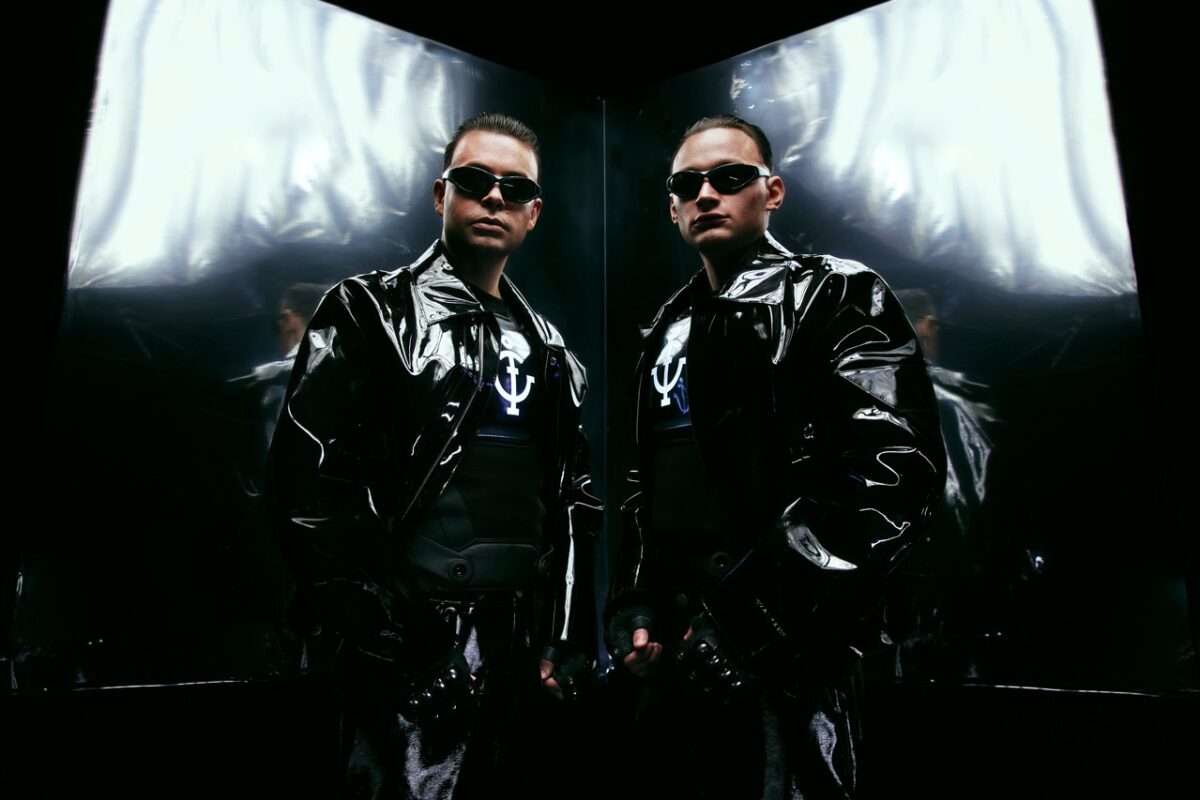
Now we give parts more space to evolve. With the right kind of subtle movement, a section can last 32 bars and still feel fresh. Reaktor lets us build “micro dramas” – small internal shifts that keep the listener emotionally engaged without overwhelming them.
Wrapping it all up
Big thanks to twocolors for walking us through their nuanced approach to arrangement and sound design. “Head Above Water” marks another step forward for the trio, combining live percussion, modular detail, and pop clarity in a way that resonates across audiences.
The track is out now via Virgin Records. For those interested in the tools behind the process, twocolors’ Reaktor tips offer a clear window into how small choices can create lasting emotional movement in a mix.
The post twocolors break down the Reaktor-made micro-movements in their latest single first appeared on Native Instruments Blog.
Source link



